Henchir Bourgou
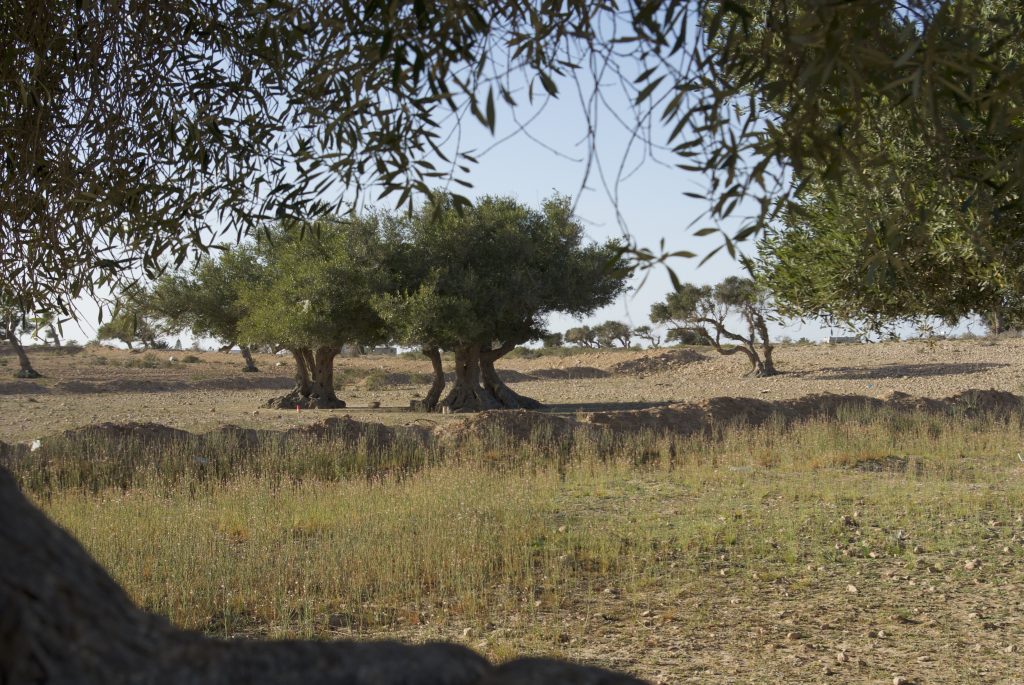
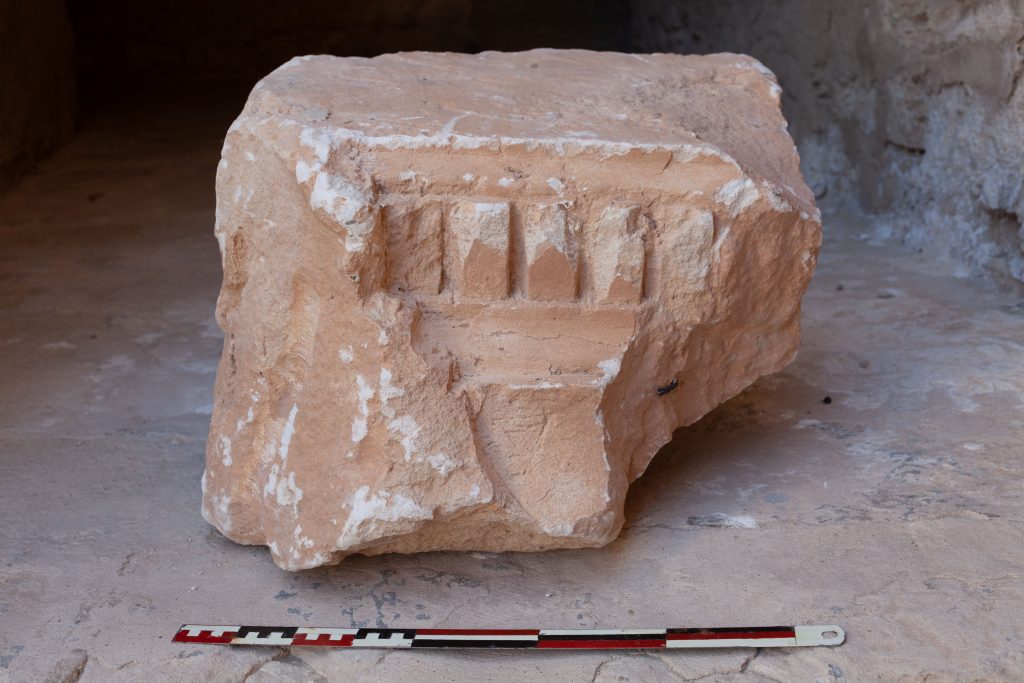
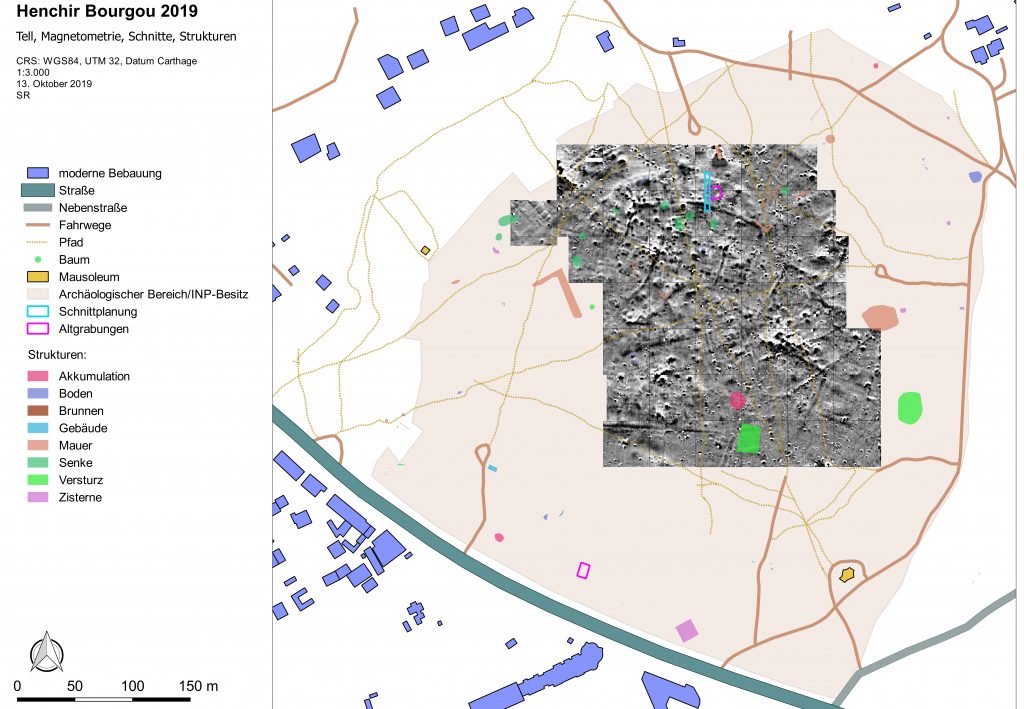
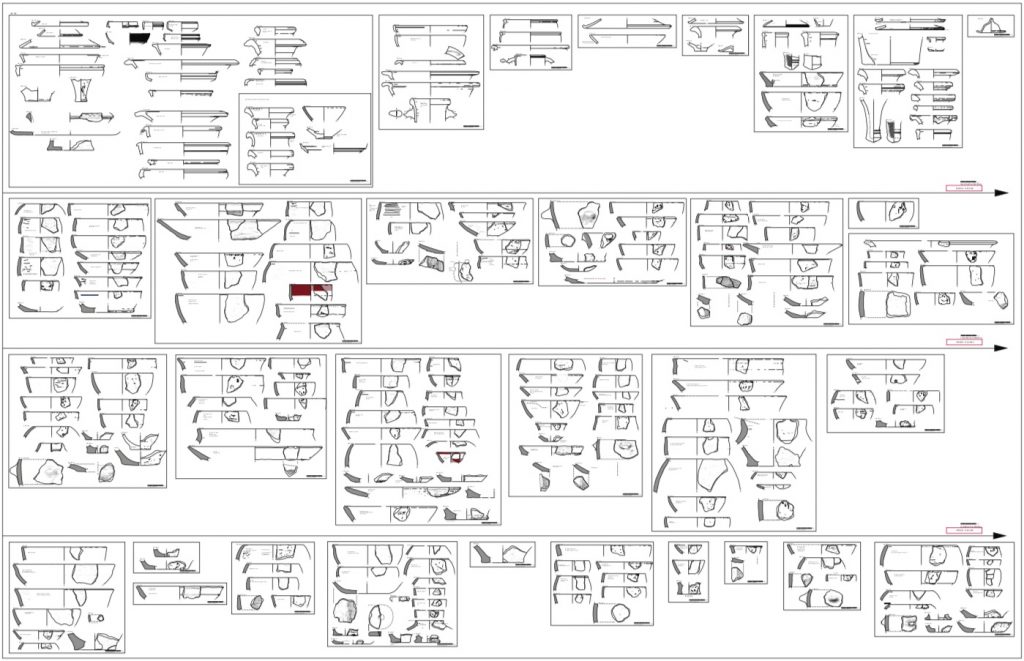
Henchir Bourgou is an ancient settlement of about 20 ha in the north-eastern hinterland of the island of Djerba. The ancient name of the settlement is still unknown, although there are various references to the oppidum Phoar/Thoar, which was handed down by Pliny. Despite significant finds from surface surveys and the stately remains of a Hellenistic mausoleum, which indicate a significant role of Henchir Bourgou in pre-Roman times, the ancient site was not initially listed. This was not achieved until 2017, when a considerable part of the site was threatened with being built over by a shopping mall. In response to an urgent request for assistance from the Tunisian Monuments Authority, the Scientific Department of the DAI Head Office and the Ludwig-Maximilians-University of Munich carried out a magnetometer survey that covered around half of the ancient settlement area, revealing an enormous density of ancient buildings. An excavation on site carried out by the Tunisian colleagues in the summer of 2018 and the processing of the finds by an international team the following year showed a stratigraphy whose layers can be dated from the 8th century BC to the 2nd century AD.
In the next few years, the focus will be on questions of settlement structure and settlement history. But also, those concerning economic relations between Djerba and the other regions of the Mediterranean on the one hand and the Saharan/Subsaharan hinterland on the other hand will be investigated. First results suggest that Bourgou was an important relay station between the Mediterranean and Trans-Saharan communication circles even before the Phoenician colonisation of the island. Interdisciplinary studies will be carried out to further differentiate the picture obtained. And last but not least, the environmental and climatic history of the island is to be further researched in the coming years. The planned studies are to be compared with the coastal town of Meninx, which is about 15 km away and has been under investigation since 2015 as part of a research project by LMU Munich and INP. As the preliminary investigations show, the two places offer an excellent case study for a systematic comparison of two neighbouring places which are characterised by completely different settlement development. An application for third-party funding in cooperation with the DAI, INP and LMU Munich is currently being prepared.
Members

Dr. Philipp von Rummel
DAI Berlin Head Office
philipp.vonrummel@dainst.de
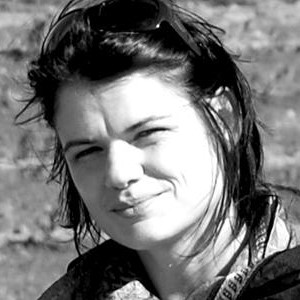
Dr. Heike Möller
DAI Berlin Head Office
heike.moeller@dainst.de
Project partners
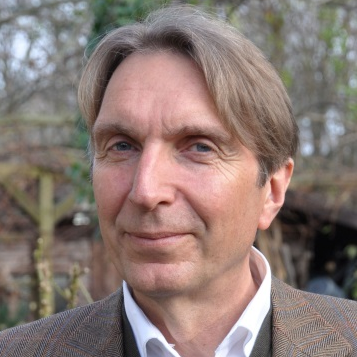
Dr. Reinder Neef
DAI | Department of Natural Sciences
reinder.neef@dainst.de
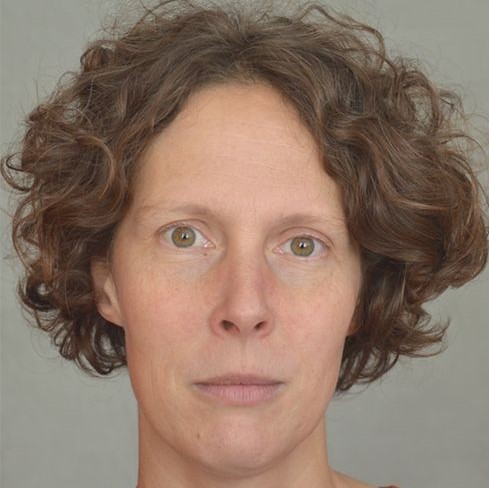
Dr. Michèle Dinies
DAI | Department of Natural Sciences
michele.dinies@dainst.de
Cooperation partners
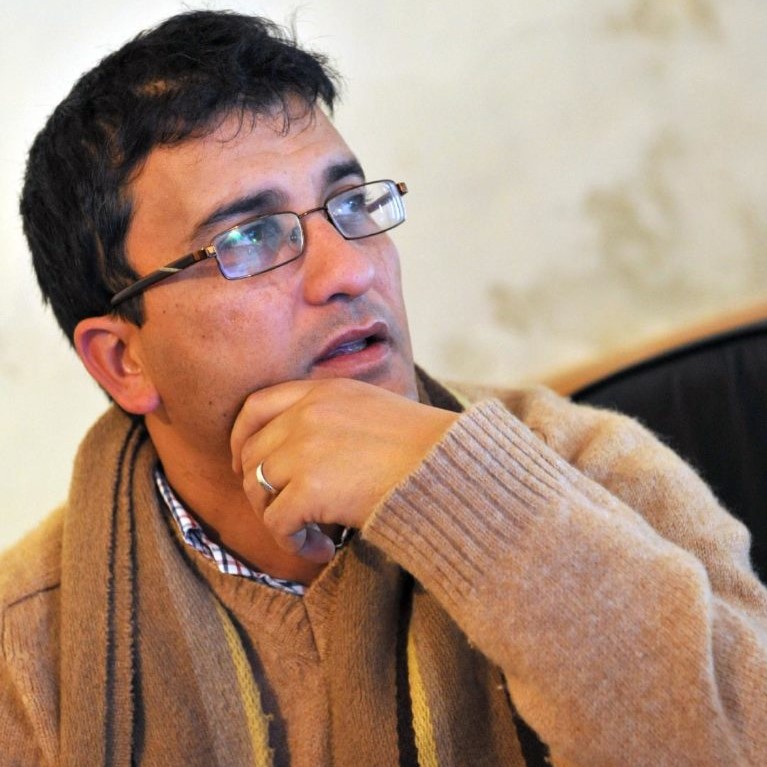
Dr. Sami Ben Tahar
Institut National du Patrimoine | Houmt Souk (Djerba)
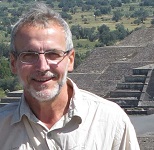
Dr. Michel Bonifay
Maison Méditerranéene des Sciences de l’Homme | Centre Camille Jullian | Aix-en Provence
mbonifay@mmsh.univ-aix.fr
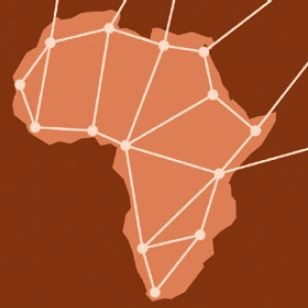
Dr. Tomoo Mukai
Maison Méditerranéene des Sciences de l’Homme | Centre Camille Jullian | Aix-en Provence
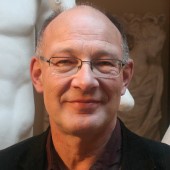
Prof. Dr. Stefan Ritter
University of Munich | Institute for Classical Archaeology
stefan.ritter@lmu.de

Dr. Karin Mansel
University of Munich | Institute for Pre- and Early History Archaeology
karin.mansel@vfpa.fak12.uni-muenchen.de

Prof. Dr. Jörg Fassbinder
University of Munich | Institute for Geo- and Environmental Sciences, Geophysics
Joerg.Fassbinder@blfd.bayern.de

Prof. Dr. Dr. Joris Peters
University of Munich | Paleoanatomy, domestication research and history of veterinary medicine
joris.peters@palaeo.vetmed.uni-muenchen.de

Dr. phil. Simon Trixl
University of Munich | Paleoanatomy, domestication research and history of veterinary medicine
simon.trixl@palaeo.vetmed.uni-muenchen.de
Figure Captions
Fig. 1 Henchir Bourgou [DAI Zentrale, photo by Philipp von Rummel].
Fig. 2 Fragment of woodwork [photo by Björn Schumann].
Fig. 3 Plan with magnetometry [photo by Silvio Reichmuth].
Fig. 4 Ceramic Assamblages Sondage 3 [photo by Saskia Büchner-Matthews].